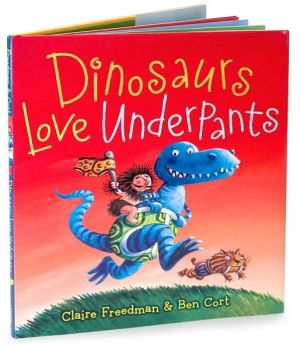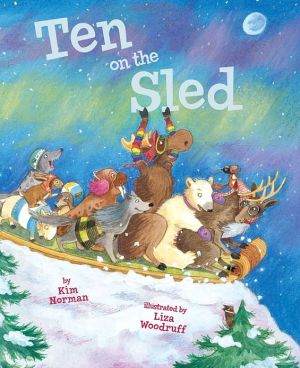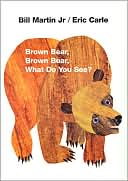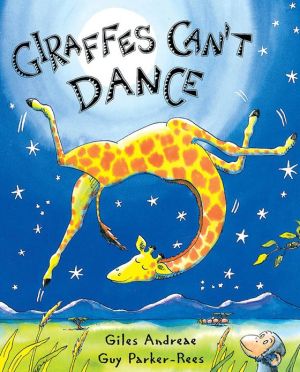Trail: Paper Poetry
Follow the silvery trail through an enchanting maze of stunning pop-up landscapes that range from tranquil to mysterious to magical. This sparkling creation by multi-award-winning designer David Pelham will amaze and delight all who take the journey through this remarkable book.
Search in google:
Follow the silvery trail through an enchanting maze of stunning pop-up landscapes that range from tranquil to mysterious to magical. This sparkling creation by multi-award--winning designer David Pelham will amaze and delight all who take the journey through this remarkable book.Children's LiteratureThis is pure paper engineering! This is an outstanding example of the art and science of turning flat sheets of paper into three dimensions by cutting, folding and gluing. The writer and paper engineer has been producing remarkable movable books since 1983 and this may be his best! Using primarily plain white paper, he has devised an imaginary world of flowers and trees, birds, small animals, insects, and reptiles that inhabit the amazing and complex habitat of this book. There are five pages with countless levels of folded and cut paper to create these scenes, each of which is enhanced by a poem revealed by the turning of a wheel. The final page requires the addition of a raised box on the rear cover to contain all the layers of paper. The book should be examined under a good light to enhance not only the trail of pearly white that winds in and out of the pages, but also to take advantage of the shadows cast on the white pages by the pop-ups. To reveal the surprise on the last page would be to spoil the reader's joy in discovering it. Not the least of the triumphs of this book is how smoothly all the layers of paper slide back into place as the pages are turned and the book is closed. The publisher does note on the back of the book that it is "not suitable for children under 3 years." Three years may be a little too young an age to manipulate this book, but no one will be too old to appreciate it! Reviewer: Eleanor Heldrich
\ Children's LiteratureThis is pure paper engineering! This is an outstanding example of the art and science of turning flat sheets of paper into three dimensions by cutting, folding and gluing. The writer and paper engineer has been producing remarkable movable books since 1983 and this may be his best! Using primarily plain white paper, he has devised an imaginary world of flowers and trees, birds, small animals, insects, and reptiles that inhabit the amazing and complex habitat of this book. There are five pages with countless levels of folded and cut paper to create these scenes, each of which is enhanced by a poem revealed by the turning of a wheel. The final page requires the addition of a raised box on the rear cover to contain all the layers of paper. The book should be examined under a good light to enhance not only the trail of pearly white that winds in and out of the pages, but also to take advantage of the shadows cast on the white pages by the pop-ups. To reveal the surprise on the last page would be to spoil the reader’s joy in discovering it. Not the least of the triumphs of this book is how smoothly all the layers of paper slide back into place as the pages are turned and the book is closed. The publisher does note on the back of the book that it is “not suitable for children under 3 years.” Three years may be a little too young an age to manipulate this book, but no one will be too old to appreciate it! Reviewer: Eleanor Heldrich\ \ \ \ \ Kirkus ReviewsFive magnificent spreads make up this book, which falls almost completely over the line from fabulous pop-up to artist book. Until the very last, the entire work is in white paper engineering with occasional transparent inclusions and the silver trail of the title; its brief rhymed text is also in silver. The words follow a small snail through its day, from roots and leaf on the forest floor to a pond at sunset. Pelham lays the verse out on a paper wheel that must be turned to be read in its entirety. A tree stump with a mouse beneath, bird and animal tracks, a beetle, mushroom and fern, are all beautifully articulated. The final, amazing spread boasts a dragonfly and moss roses as well as a silvery pond in which readers can see their own reflections as well as the snail's. The thoughts of the snail, "the joy of life at journey's end," encapsulate the text's longing for something more profound than itself. Hard to read, and even to see, for elders, and probably too fragile for library use, it's still quite an astonishing work. (Novelty. 7-12)\ \
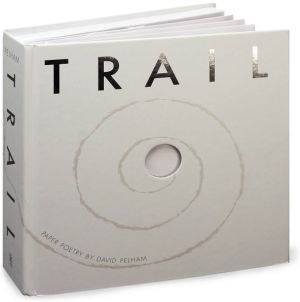


![Tickle Monster Laughter Kit [With Tickle Mitts] Tickle Monster Laughter Kit [With Tickle Mitts]](/application/data/covers/98/35/9781932319835.jpg)

